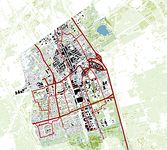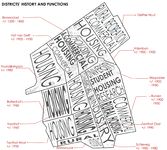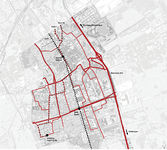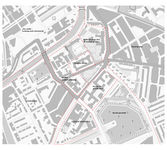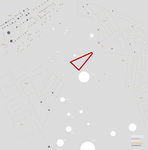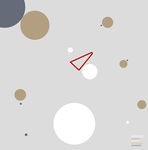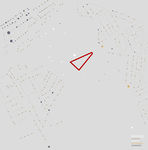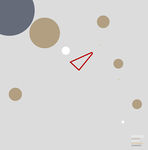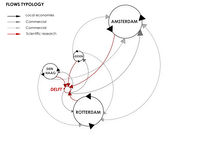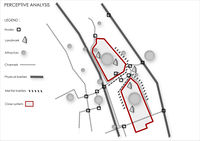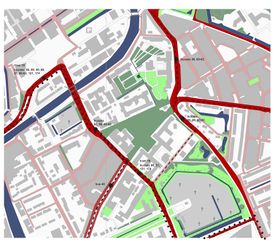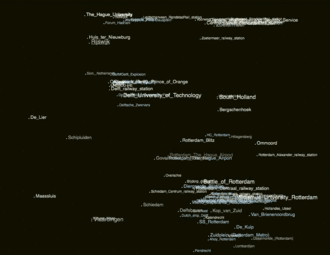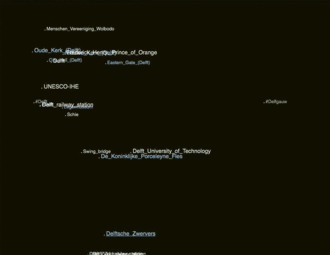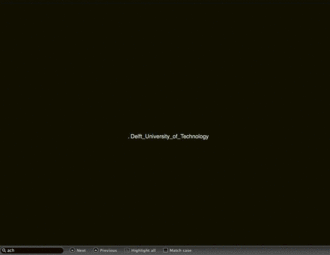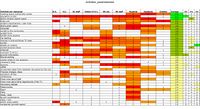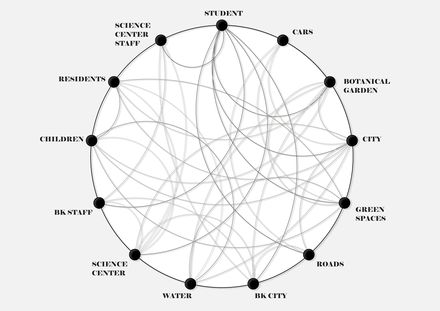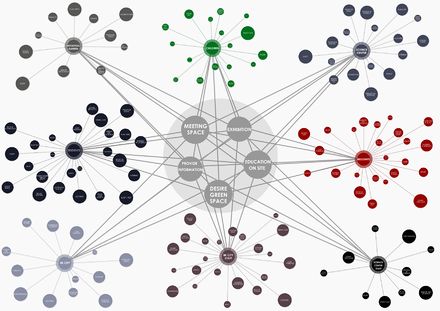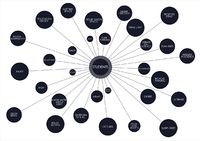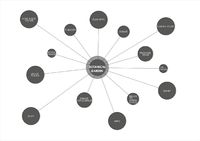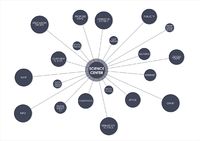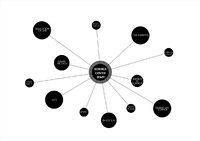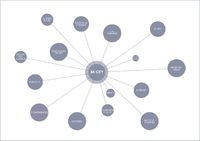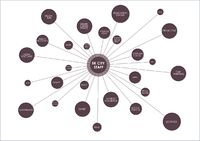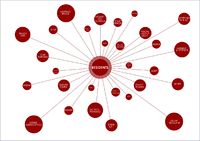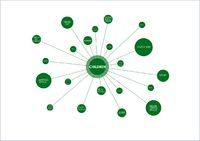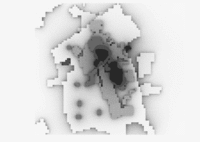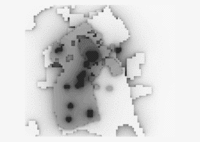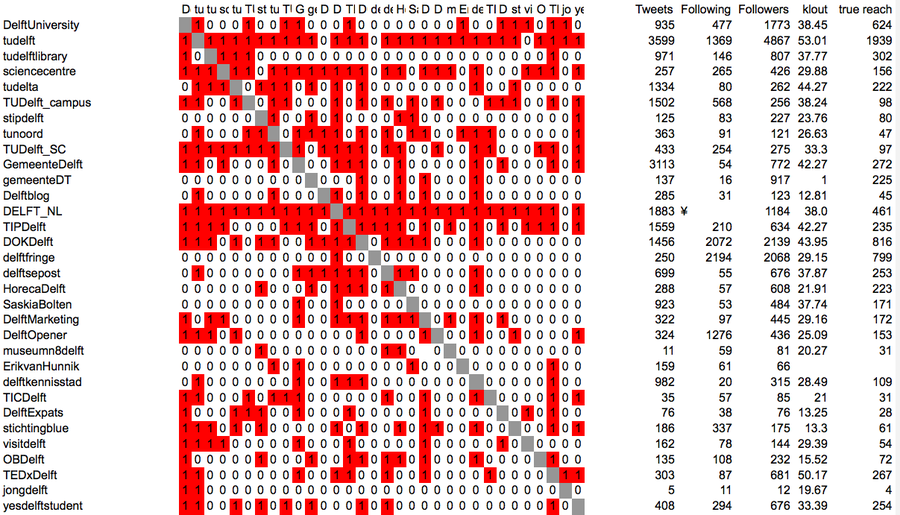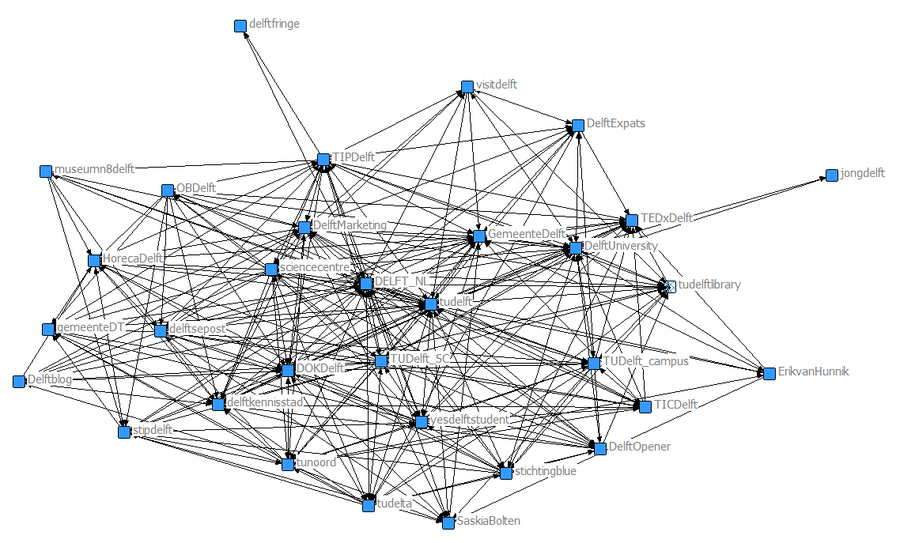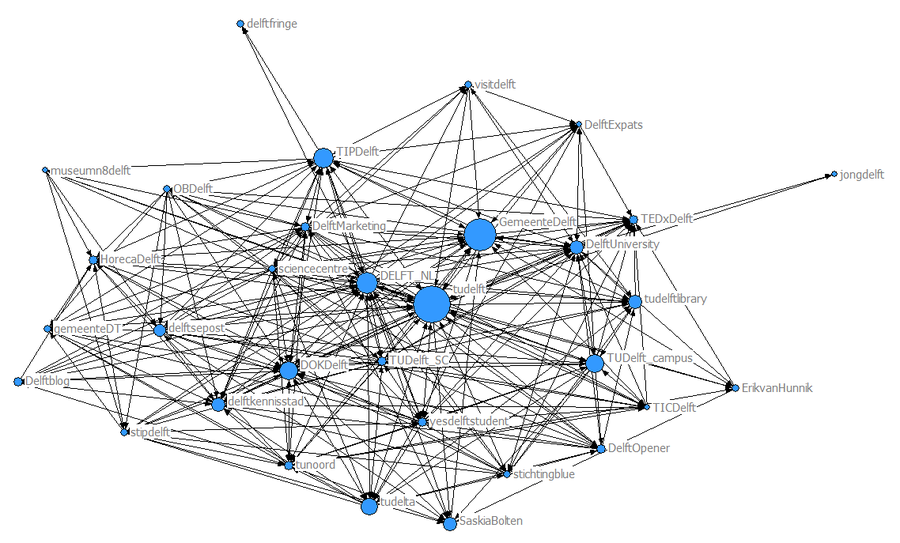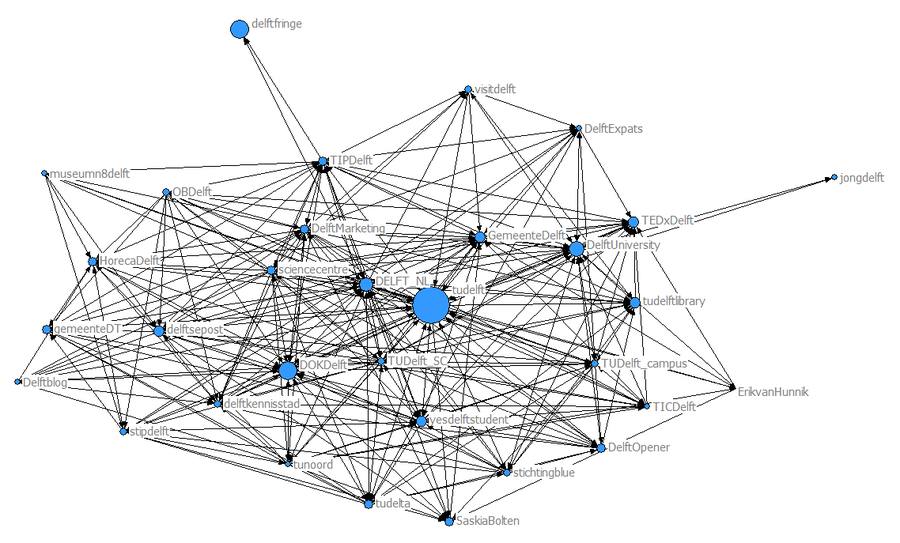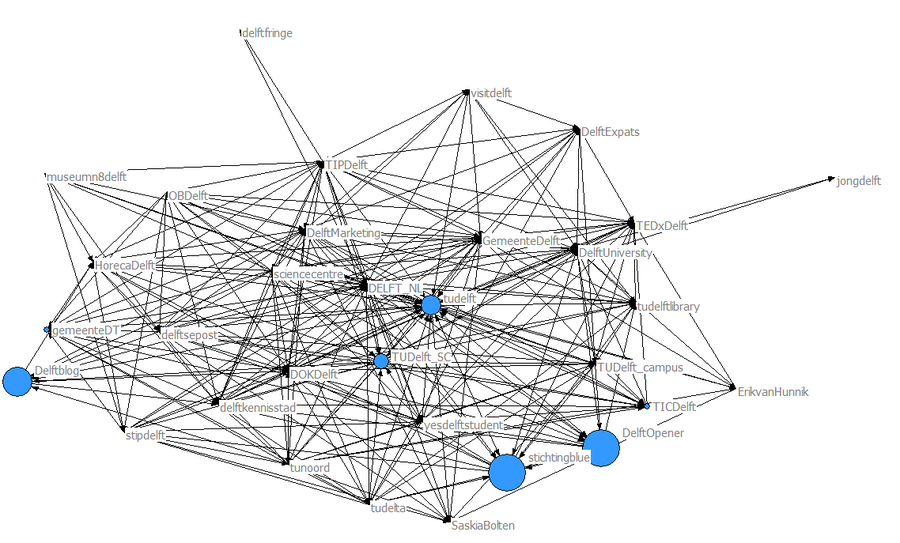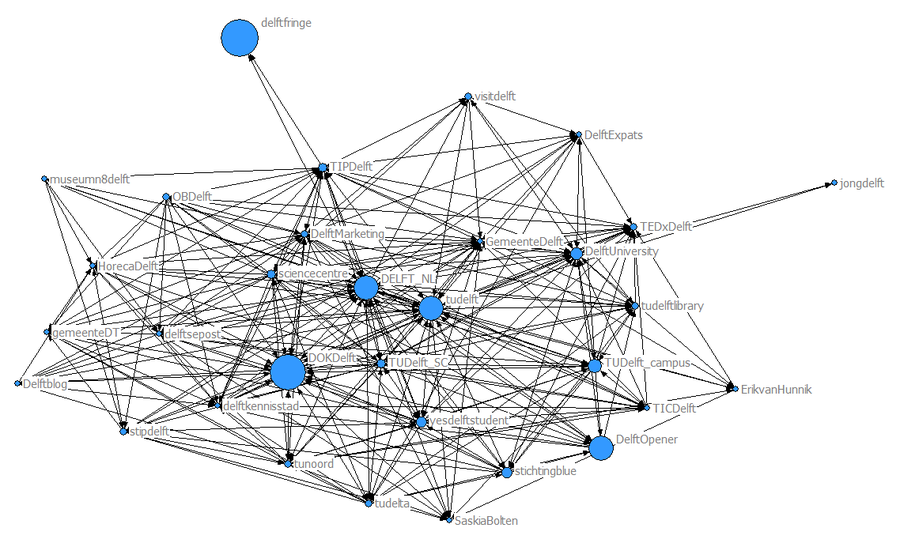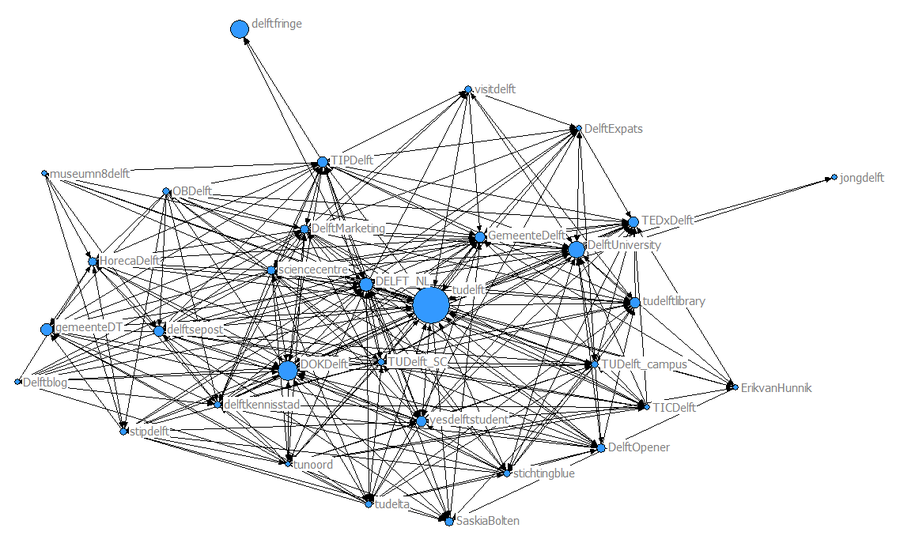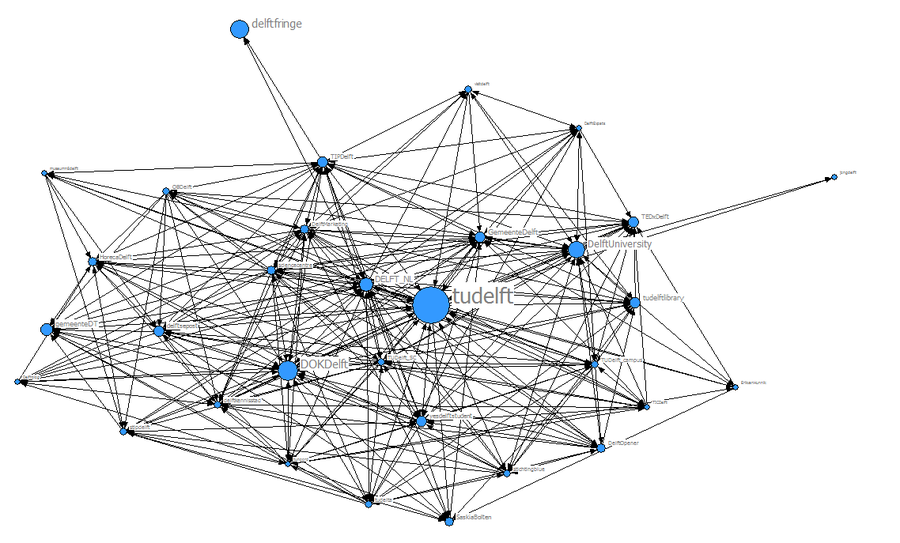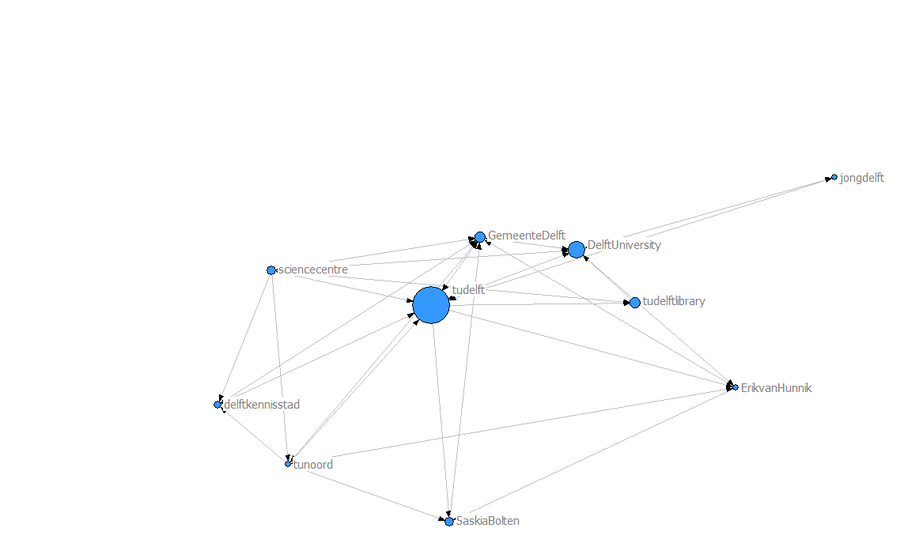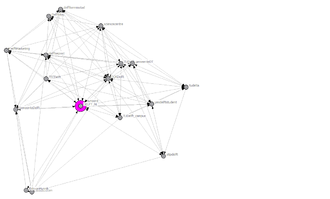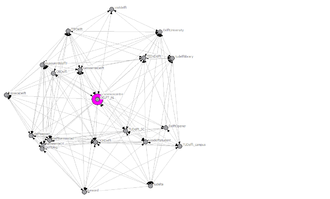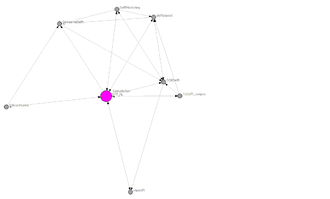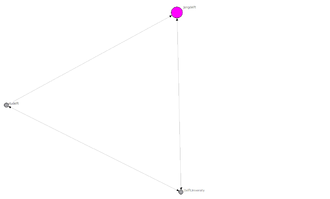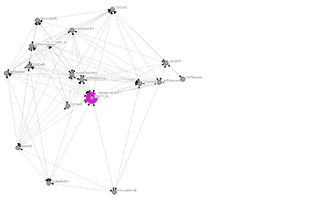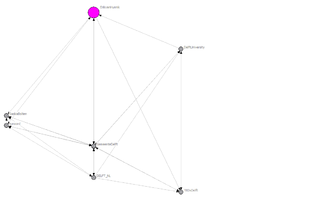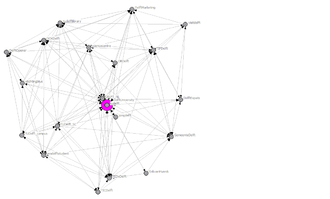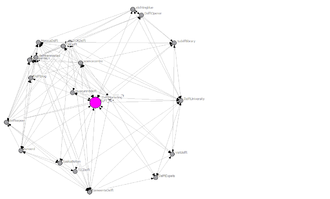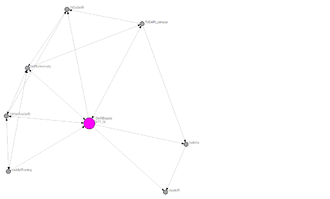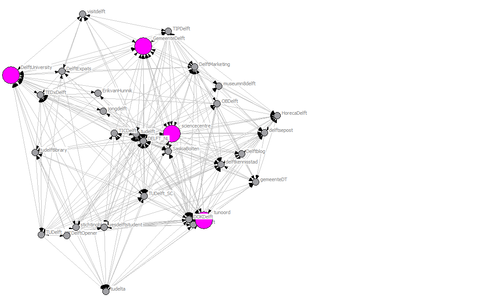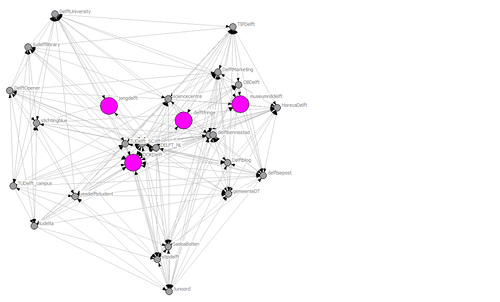atom06:Analysis
Contents |
Objective
Analyses to form an understanding of the physical constraints and possibilities of the location on various scales
Subjective
Analyses not solely based on raw existing objective figures, it is our perspective on how the different work and are connected.
Interviews
To create an initial starting point for the design intervention, we need to form a understanding of the actors and their networks relating to our site. At first we conducted interviews on the site and within identified main stakeholders.
Network
Based on the interviews and research on plans for the area we identified a body of intermediators, on whose network we want to take a closer look.
We desided to use twitter(link) as a source of data, since many of the intermediators seem to have an active presentation in there. We want to explore the extent it is possible to actually utilise the attributes, and avatar network that the actors have already formed.
Initial Analysis
After an initial observation of the site, we carried out some analysis to understand the dynamics of our project's site. We used a double cognitive approach, conducting two main types of analysis: objective and subjective.
Objective Analyses
Mapping the city as a whole in terms of traffic, green spaces and buitlt up area, we can get a feel for the context our site is in
Knowing the current actors in the area is needed so we can decide on the importance of possible activities in the area at different times
figures are based on the most current statistical figuresfrom the city of Delft regarding education and residents
Subjective Analyses
Green Spaces and Roads Configurations
We analyzed six possible configurations of expansion of green spaces in relation to roads.
All the options can be seen in the green space site exploration page
Option 5 is where we close off both the Mijnbouwstraat and Julianalaan
We have chosen this option as it will create a coherent whole of TU North. It will:
- create a public city park of which Delft only has a few. It will stretch all the way to the canal de Schie
- bring the Science Center and the Botanical gardens back to the TU as a whole again
- provide a better connection between the faculty of Architecture and the Science Center
- give the park a more prominent and visible appeal to people in the area, attracting also people from outside the immediate area
Conceptual Analysis
Comparison of geolocated Wikipedia articles in five different languages (EN, FI, FR, IT, NL). This is a graphical presentation of what is considered important or interested enough to have a Wikipedia article of the subject. The same analysis was repeated on three different level.
- Delft and surroundings, including The Hague and Rotterdam
- Delft city: old center and TU campus area
- Immediate surroundings of Vries van de Hoyst park
It is easy to notice, that in different languages there are different points of interest. In dutch there are much more marked places than in any other language. The Vries van de Heyst park is not noted in any of the languges. There seems to be almost no virtual presence of the park, even it is a protected based on it's historical and landscaping qualitis.
Interviews
Deflt City, Environmental office
Diny Tubbing is the writer of the report Ecologieplan Delft 2004 - 2015| Ecologieplan Delft 2004-2015, vakteam milieu
Summary:
- Changing the roads
- Extending the water structure
- Park historical value & maintanance
Read the whole interview with Diny Tubbing
A man in the park - Harry Koerts
- there is no connection between the residents and the TU
- the park is a green enclave in the city, but nobody uses it as it's hidden between busy roads
- in the evenings the park is unsafe
- (future) student residents will probably see the park as their back yard
Read the whole interview with Harry Koerts
Gardener at the botanical gardens - Karel Oberman
- in the beginning there were plans to extend to the Vries van Heystplantsoen, but the city didn't want to cooperate
- there even is a road going to the park, but now it just has a closed gate
- the gardens host musical events and facilitate workshops
- they sow into the community in that they also employ the handicapped
Read the whole interview with the gardener
Director of the Science Center - Michael van der Meer
- the busy Mijnbouwstraat is a real hindrance to the public
- they feel separated from the TU because of the busy roads and the not-used park, they want to become ONE whole
- there is no parking, so people have to park behind the faculty of Architecture
- they want to expand
Read the interview with Michael van der Meer
Network Analysis
Map users activities
editable user groups and their activities and needs - table
on the basis of this table possible activities can be identified for the various users surrounding out site.
Activities of the user groups
The following diagrams illustrate the current activities of our potential users and their relationship/connections with each other.
On the second diagram, we introduced possible programs of the site to see how these occupations could be connected and redistributed on and beyond our location.
Map city attractor points
mapping the busy areas in Delft during the daytime throughout the week and the weekend shows us where there are good connection points for the possible metastasis objects to attract attention and real time connect to our center platform
Network visualization of the Delft area trough Twitter
This diagrams hightlights the minimalistic existance of a virtual network around the site.
Delft Tweet Data base
Network visualisations
Ego centric visualisations
Multiple centers
Conclusions
The analysis reveals that our site is an in-between space among two system that don't cooperate and interact: City system - Tu system. Our desire is that these two systems get more integrated and start to actively communicate and interact. We and some of the residents we interviewed feel this is needed to make the city unified again.
